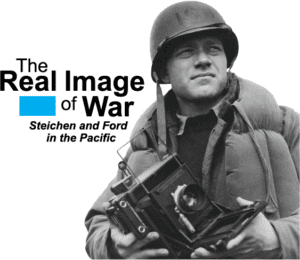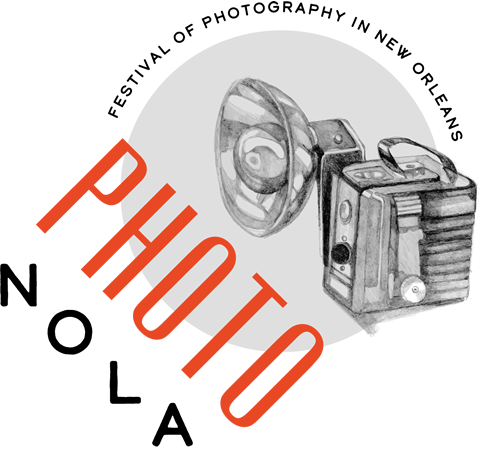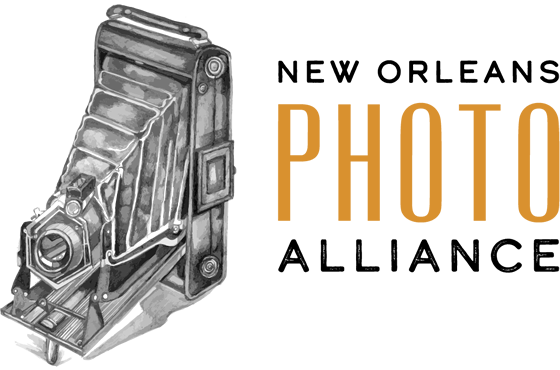
Featured artists: Edward Steichen and John Ford
WWII Museum, Hall of Democracy
Exhibition link
On July 23, 1942, a US Navy photographic interpretation unit under Commander R. S. Quackenbush arrived on the Pacific Island of New Caledonia. This unit had just days to process and interpret reconnaissance photos of an island called Guadalcanal before the Marines made their landing. On the other side of the world in New York City, thousands flocked to Road to Victory, a photographic art exhibit curated by Lieutenant Commander Edward Steichen.
The difference in the mission of these two officers was almost as broad as the physical distance that separated them; however, they both were serving vital roles for the ultimate victory in the Pacific. The same tool that could be used to plan a military operation also served as a form of artistic expression that has left an important legacy. That tool was the camera.
Over the course of American involvement in World War II, thousands of sailors and officers filmed training material, created propaganda, produced documentaries, and served as combat photographers. The camera’s use of chemistry and mechanics married with the human perspective created one of the most powerful tools of war and art—and an invaluable resource for recording the memory of World War II.
In The Real Image of War, The National WWII Museum explores the art of documentary photography practiced by Edward Steichen and John Ford compared to the military application of the camera, juxtaposing the military application of still and motion picture photography produced by US Navy Photographer’s Mates against the images created by the Naval Aviation Photographic Unit under the command of Edward Steichen and the documentaries produced by Hollywood film director John Ford.
By demonstrating the technology of the camera, using dramatic imagery and footage of everything from combat to the ordinary life of the US Navy sailor, The Real Image of War will probe the supposed objectivity of documentary photography and examine the motives of the men behind the camera who created a visual record of the war in the Pacific.
Additional programming: Lisa Cates is discussing a curator walk through and perhaps special entry to the museum for PhotoNOLA

